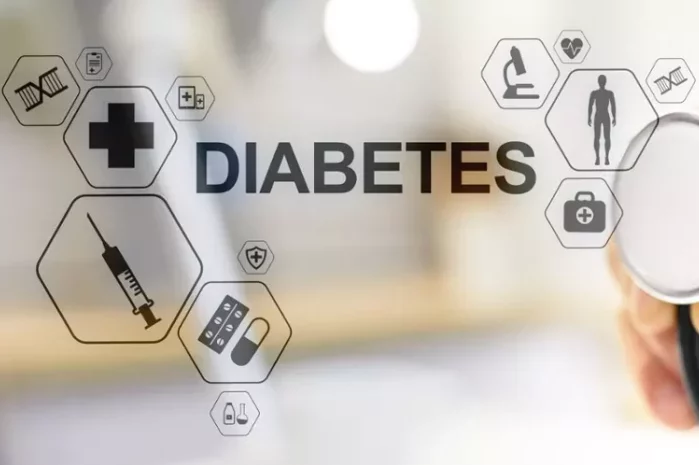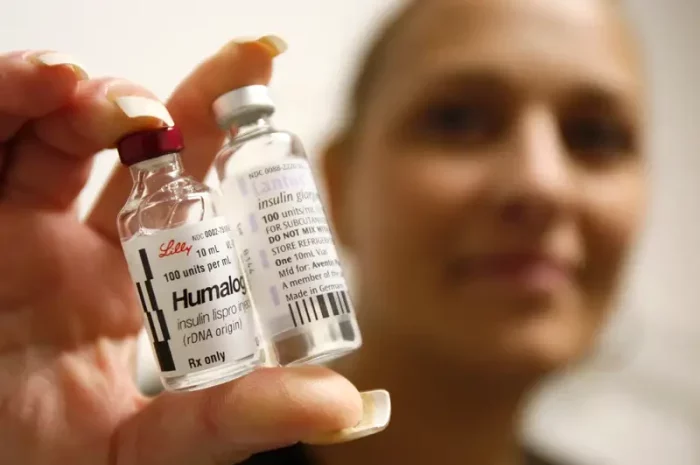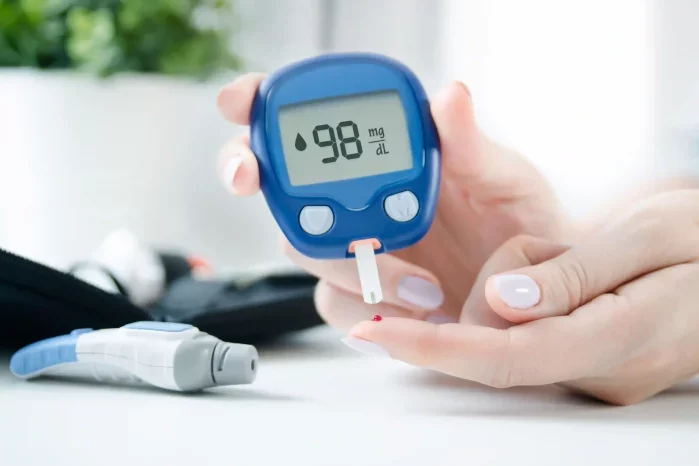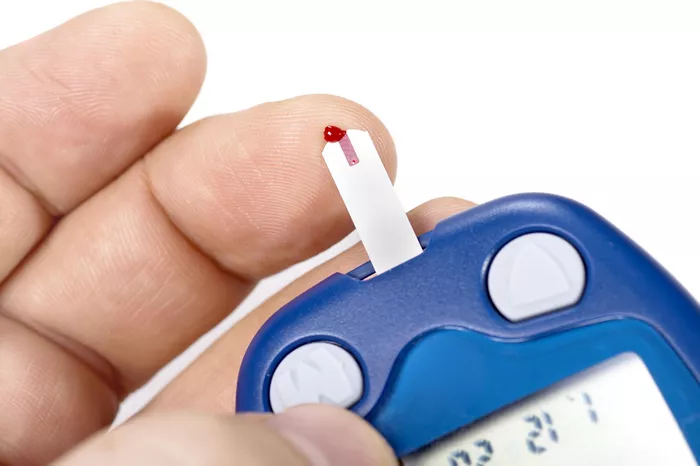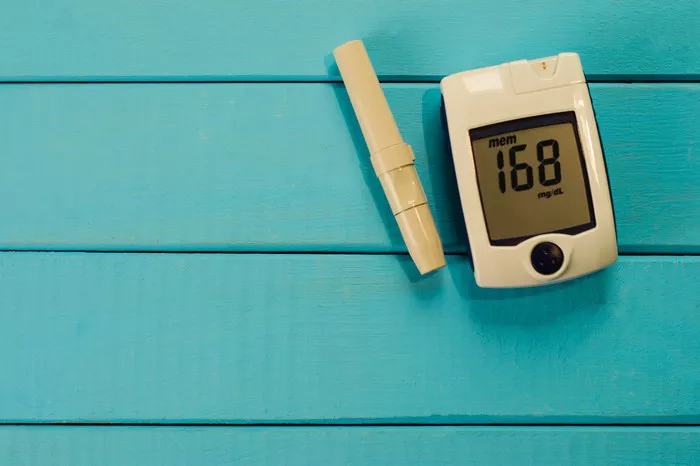Hypoglycemia, defined as abnormally low blood glucose levels, is a common and potentially dangerous condition frequently encountered by individuals with diabetes. While hypoglycemia can occur in both type 1 and type 2 diabetes, it is notably more prevalent and severe in type 1 diabetes. This article explores the reasons behind the increased incidence of hypoglycemia in type 1 diabetes, the underlying mechanisms, contributing factors, and strategies for prevention and management.
The Basics of Hypoglycemia
Hypoglycemia occurs when blood glucose levels drop below 70 mg/dL. The symptoms of hypoglycemia can range from mild (such as shakiness, sweating, and hunger) to severe (including confusion, seizures, and loss of consciousness). If not promptly addressed, severe hypoglycemia can lead to serious complications, including brain damage and death.
Pathophysiology of Type 1 Diabetes
Type 1 diabetes (T1D) is an autoimmune disorder characterized by the destruction of insulin-producing beta cells in the pancreas. This destruction leads to an absolute deficiency of insulin, necessitating exogenous insulin administration for survival. Insulin therapy, while life-saving, also introduces a significant risk for hypoglycemia due to the narrow therapeutic window and the constant need to balance insulin doses with food intake, physical activity, and other factors influencing blood glucose levels.
Mechanisms Leading to Hypoglycemia in Type 1 Diabetes
1. Exogenous Insulin Administration
The primary cause of hypoglycemia in T1D is the administration of exogenous insulin. Unlike endogenous insulin, which is regulated in response to blood glucose levels, exogenous insulin lacks the feedback mechanisms that prevent hypoglycemia. Patients with T1D must carefully match their insulin doses to their carbohydrate intake and physical activity levels. Any miscalculation or deviation from the planned activity can result in hypoglycemia.
2. Impaired Counterregulatory Response
In a healthy individual, hypoglycemia triggers a counterregulatory response involving the release of glucagon and epinephrine, which act to increase blood glucose levels. However, in T1D, the glucagon response to hypoglycemia is often impaired, particularly in long-standing disease. Additionally, recurrent episodes of hypoglycemia can blunt the epinephrine response, a phenomenon known as hypoglycemia-associated autonomic failure (HAAF). This impaired counterregulatory response increases the risk of severe hypoglycemia and reduces the individual’s ability to recognize and respond to low blood glucose levels.
3. Loss of Beta Cell Function
The progressive loss of beta cells in T1D results in the complete absence of endogenous insulin secretion. Without any residual insulin production, patients cannot rely on a basal level of insulin to maintain glucose homeostasis, making them entirely dependent on exogenous insulin. This dependence increases the complexity of blood glucose management and heightens the risk of both hyperglycemia and hypoglycemia.
Contributing Factors to Hypoglycemia in Type 1 Diabetes
Several factors contribute to the increased risk of hypoglycemia in T1D, including:
1. Variability in Insulin Absorption
The absorption of injected insulin can vary based on factors such as the injection site, depth of injection, and local blood flow. This variability can lead to unpredictable insulin action and increase the risk of hypoglycemia.
2. Physical Activity
Exercise increases insulin sensitivity and glucose uptake by muscles, reducing blood glucose levels. Without appropriate adjustments to insulin doses or carbohydrate intake, physical activity can precipitate hypoglycemia.
3. Dietary Factors
Inconsistent carbohydrate intake or timing of meals can disrupt the balance between insulin and glucose levels. Skipping meals or not consuming enough carbohydrates can lead to hypoglycemia, especially if insulin doses are not adjusted accordingly.
4. Alcohol Consumption
Alcohol can interfere with gluconeogenesis in the liver, reducing the body’s ability to counteract hypoglycemia. This effect is particularly pronounced when alcohol is consumed on an empty stomach or in large quantities.
5. Insulin Sensitivity and Resistance
Individuals with T1D can experience variations in insulin sensitivity due to factors such as stress, illness, hormonal changes, and changes in body weight. These fluctuations can complicate insulin dosing and increase the risk of both hyperglycemia and hypoglycemia.
Psychological and Behavioral Factors
1. Fear of Hypoglycemia
The fear of hypoglycemia is common among individuals with T1D and can lead to suboptimal insulin dosing and higher target blood glucose levels to avoid hypoglycemic episodes. This behavior, while protective against hypoglycemia, can contribute to poor glycemic control and increase the risk of long-term complications.
2. Hypoglycemia Unawareness
Hypoglycemia unawareness is a condition in which an individual loses the ability to recognize the early symptoms of hypoglycemia. This condition is often a result of repeated episodes of hypoglycemia, which desensitize the body’s normal warning systems. Hypoglycemia unawareness significantly increases the risk of severe hypoglycemia, as individuals may not take corrective actions until blood glucose levels are critically low.
Management Strategies for Hypoglycemia in Type 1 Diabetes
Effective management of hypoglycemia in T1D involves a multifaceted approach that includes patient education, careful insulin management, and the use of advanced diabetes technologies.
1. Patient Education
Education is a cornerstone of hypoglycemia management. Patients should be taught to recognize the symptoms of hypoglycemia, understand the factors that contribute to it, and know how to treat it promptly. Education should also cover strategies for preventing hypoglycemia, such as carbohydrate counting, adjusting insulin doses for exercise, and managing sick days.
2. Blood Glucose Monitoring
Frequent blood glucose monitoring is essential for detecting and preventing hypoglycemia. Self-monitoring of blood glucose (SMBG) allows patients to track their blood glucose levels and make informed decisions about insulin dosing, food intake, and physical activity. Continuous glucose monitoring (CGM) systems provide real-time data and trend information, helping patients to identify patterns and predict hypoglycemia before it occurs.
3. Insulin Therapy Adjustments
Insulin therapy must be tailored to the individual needs of each patient. This includes selecting the appropriate insulin types (e.g., rapid-acting, long-acting, or intermediate-acting) and adjusting doses based on factors such as meal composition, physical activity, and blood glucose levels. The use of insulin pumps and advanced insulin delivery systems, such as automated insulin delivery (AID) systems, can provide more precise insulin dosing and reduce the risk of hypoglycemia.
4. Glucose Tablets and Glucagon
Patients should always have a source of fast-acting carbohydrates, such as glucose tablets or gel, available to treat hypoglycemia promptly. In cases of severe hypoglycemia where the patient is unable to ingest carbohydrates orally, glucagon injections or nasal glucagon can be administered to raise blood glucose levels quickly.
5. Advanced Diabetes Technologies
Technological advancements have significantly improved the management of T1D and the prevention of hypoglycemia. CGM systems with alarms and predictive alerts can warn patients of impending hypoglycemia, allowing for timely intervention. Insulin pumps with integrated CGM and hybrid closed-loop systems (also known as artificial pancreas systems) can automatically adjust insulin delivery based on glucose readings, reducing the risk of both hyperglycemia and hypoglycemia.
Future Directions in Hypoglycemia Management
Ongoing research and development are focused on further improving the management of hypoglycemia in T1D. Potential future directions include:
1. Advanced Insulin Formulations
Research is underway to develop insulin formulations that more closely mimic the body’s natural insulin response. Ultra-rapid-acting insulins and once-weekly basal insulins are examples of innovations aimed at providing more stable blood glucose control with a reduced risk of hypoglycemia.
2. Improved CGM Technology
Continued advancements in CGM technology, such as longer sensor wear times, reduced calibration requirements, and improved accuracy, will enhance the ability to monitor and manage blood glucose levels effectively.
3. Artificial Pancreas Systems
The development of fully automated artificial pancreas systems that can seamlessly adjust insulin delivery in response to real-time glucose levels holds promise for reducing the burden of diabetes management and minimizing the risk of hypoglycemia.
4. Beta Cell Replacement Therapies
Emerging therapies focused on beta cell replacement, such as islet cell transplantation and stem cell-derived beta cells, offer the potential to restore endogenous insulin production and reduce the reliance on exogenous insulin. These therapies could significantly decrease the risk of hypoglycemia by providing a more physiological regulation of blood glucose levels.
Conclusion
Hypoglycemia remains a significant challenge for individuals with type 1 diabetes, driven by the inherent complexities of insulin therapy and the loss of endogenous insulin production. The increased prevalence of hypoglycemia in T1D is multifactorial, involving the use of exogenous insulin, impaired counterregulatory responses, and various lifestyle and behavioral factors. Effective management requires a comprehensive approach that includes patient education, frequent blood glucose monitoring, tailored insulin therapy, and the use of advanced diabetes technologies. Continued research and innovation hold promise for further improving the prevention and management of hypoglycemia in type 1 diabetes, ultimately enhancing the quality of life for those living with this condition.
Related topics:
What Can I Eat Immediately To Lower My Blood Sugar?

